Why Is Child Protection Essential?
Every child deserves a safe environment to grow, learn, and thrive. Yet, in Nepal, 42% of children face abuse or neglect at some point in their lives (UNICEF, 2023). Issues like child labor, exploitation, and inadequate child safety policies remain significant challenges.
Child protection involves efforts to shield children from harm, uphold their rights, and offer the support required for them to reach their full potential. In December 2024, our Child Protection Project aimed to address these essential issues through targeted interventions in rural Nepal.
“Child protection is not just a responsibility; it’s an obligation to safeguard our future generation,” says Tula Dhoj Khatiwoda, Project Manager.
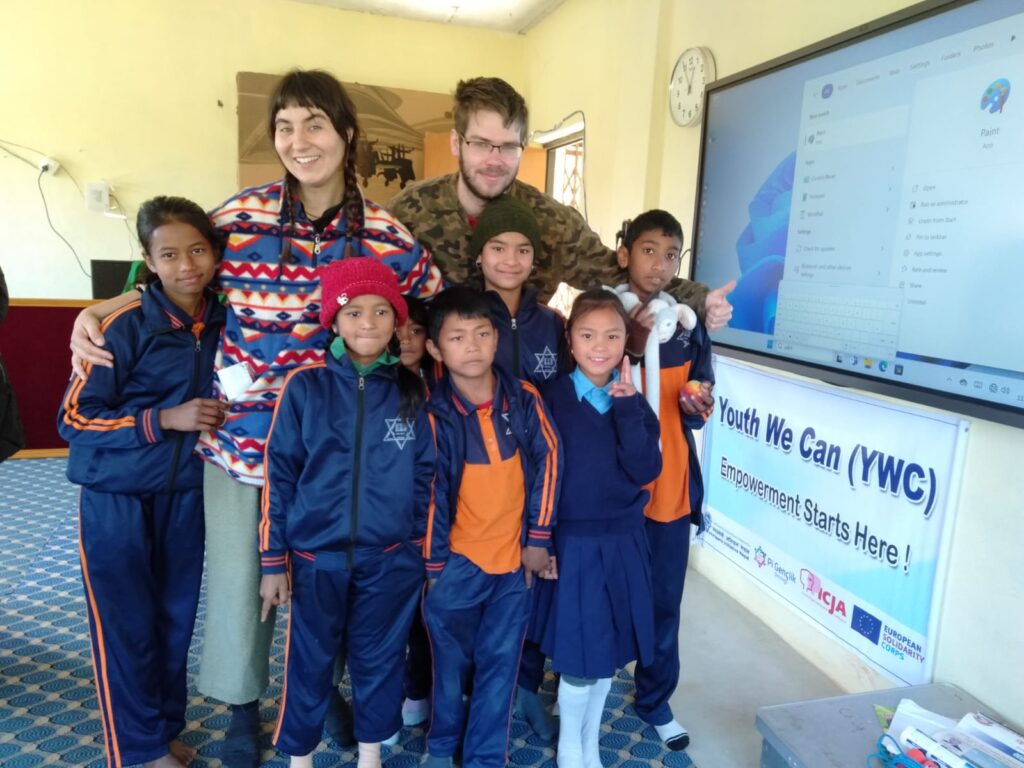
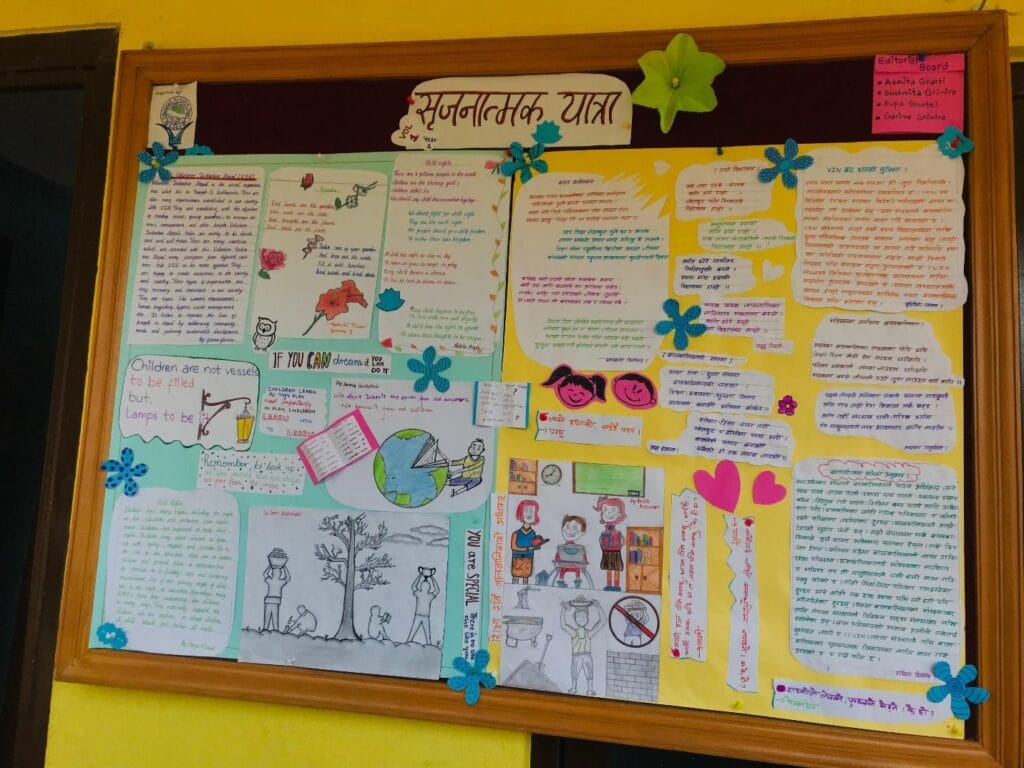
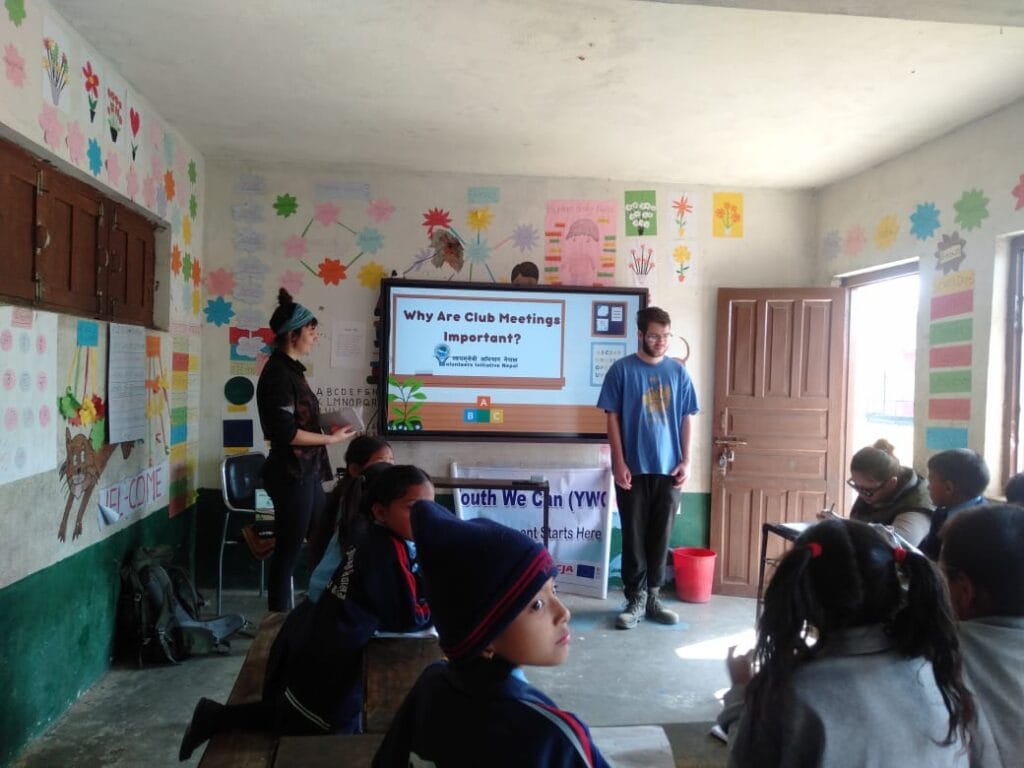
Project Summary: Key Activities in December 2024
The project focused on empowering children, creating sustainable systems, and fostering awareness. Here’s an overview of our activities:
Preparation and Research
- Studied manuals developed by previous volunteer groups to build on existing work.
School Engagement
- Visited 6 out of 7 schools in the target area.
- Established a new child club in Saraswati Primary School, the last school without one.
Workshops and Training
- Conducted 3-day seminars in 6 schools, addressing topics like:
- Formation of child clubs.
- Election procedures for representatives.
- Communication skills and club management.
- Resource and fund management.
Wall Magazines
- Presented guidelines and formats for creative wall magazines in 6 schools.
- Published the first magazine, सृजनात्मक यात्रा (“Creative Journey”), at North Star School.
Stakeholder Collaboration
- Held School Management Committee (SMC) and Parent-Teacher Association (PTA) meetings to align stakeholders on child protection goals.
Impact: Reached 80 beneficiaries, including children and facilitators, across all schools except Jitpur Secondary.
Achievements: Progress Toward Child Protection
In December 2024, the project achieved significant milestones:
- Formed New Child Clubs: Established a child club in Saraswati Primary School, completing the goal of club formation in all schools.
- Promoted Creativity: Published the first wall magazine, fostering student engagement and expression.
- Completed Pending Workshops: Addressed unfinished sessions from previous volunteer groups.
- Innovated with Recycled Materials: Created musical instruments for Saraswati Primary School using eco-friendly methods.
- Community Feedback: Conducted interviews with teachers and students to understand the impact of child clubs on children’s lives.
- Parent-Teacher Collaboration: Strengthened ties between schools and parents through structured meetings.
Challenges and Solutions
Every project comes with its share of obstacles. Here’s what we faced and how we overcame them:
Challenges
- Complex Topics for Young Children
- Primary school children found it difficult to grasp advanced topics.
- Limited Participation in Subcommittees
- Fewer students in primary schools made subcommittee formation challenging.
- Road Safety Concerns
- Traveling on highways with high-speed traffic posed risks to volunteers.
- Exams Disrupted Workshops
- School schedules clashed with planned sessions.
- Frequent Power Cuts
- Limited access to electricity hindered digital presentations and research.
Solutions
- Simplified workshop content for younger students.
- Focused on small group activities instead of subcommittees.
- Adjusted workshop schedules around exam timetables.
- Prioritized manual teaching methods during power outages.
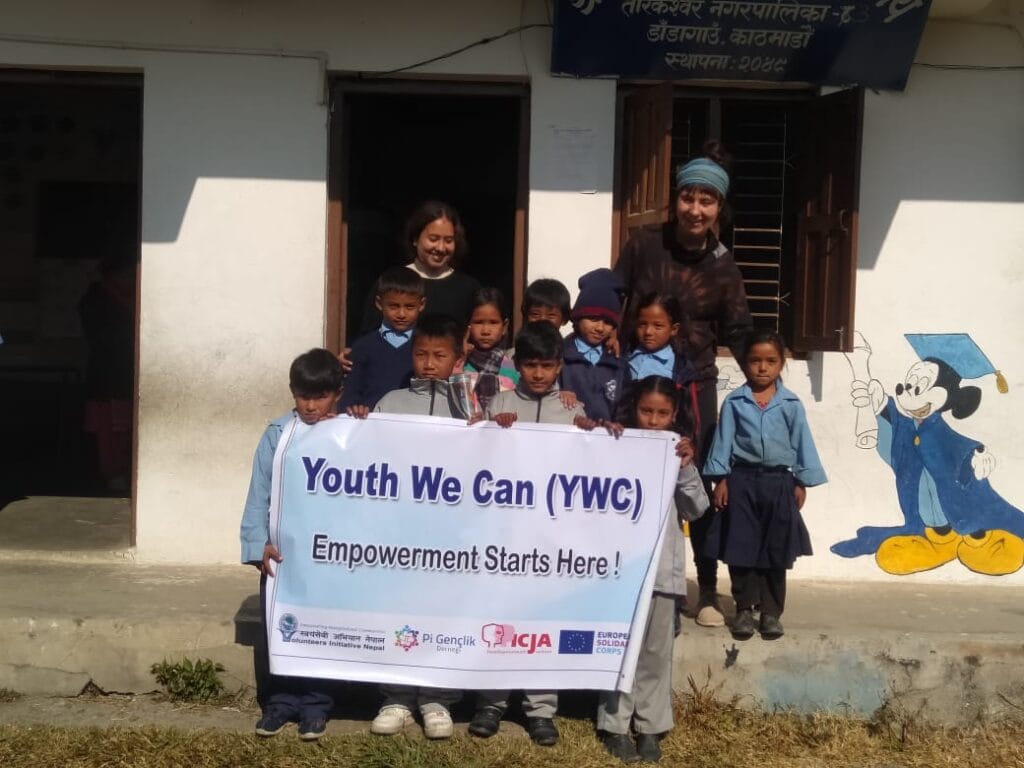
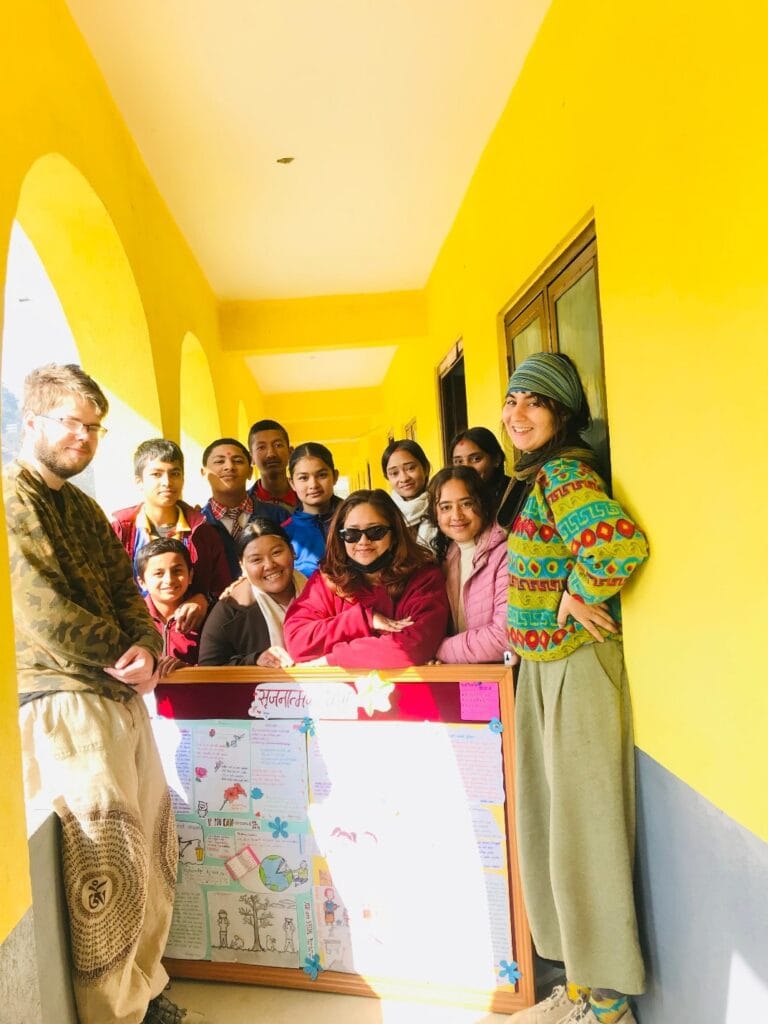
Lessons Learned
The project provided invaluable learning experiences for volunteers and stakeholders alike:
- The Power of Teamwork: Collaboration and diverse perspectives led to innovative solutions.
- Technology as an Asset: Volunteers learned to use Canva for presentations and creative tasks.
- Small Efforts, Big Impact: Even modest initiatives can significantly improve children’s lives.
Planned Activities for January 2025
Looking ahead, the project will focus on sustainability and further impact:
- Life Skills Workshops: Deliver tailored sessions in all schools.
- Wall Magazine Assistance: Support publication in remaining schools.
- Talent Shows: Organize creative events to showcase children’s abilities.
- Environmental Programs: Conduct workshops on sustainability and waste management.
- Child Camps: Participate in camps to engage children through interactive activities.
- Training for Subcommittees: Empower child club leaders with advanced training.
- Impact Stories: Gather more success stories from children and teachers.
Why Child Protection Matters: Expert Insights
“Child protection policies are the backbone of a safe society. They ensure children grow in environments free from harm,” says Monsoon Roka, a Volunteer.
Statistics reveal the urgency of child protection efforts in Nepal:
- 30% of children in Nepal are engaged in child labor (ILO, 2023).
- 1 in 3 children has no access to basic education, increasing their vulnerability.
Through our child protection services, we aim to address these issues by promoting children’s rights, reducing abuse, and enhancing welfare systems.
Testimonials: Impact from the Ground
“Since the child club started, we’ve seen students become more confident and aware of their rights,” says a teacher from Saraswati Primary School.
“The workshops helped me learn how to communicate better and work as a team,” shares a 12-year-old participant from North Star School.
FAQs About the Child Protection Project
1. What is child protection?
Child protection involves safeguarding children from abuse, neglect, and exploitation while ensuring their rights and welfare are upheld.
2. Why is child protection important?
Child protection ensures children’s safety and well-being, providing them with opportunities to grow in a supportive environment.
3. How can I protect children from abuse?
You can educate children about their rights, recognize signs of abuse, and report any suspicious behavior to local authorities or child protection services.
4. What are child safety programs?
Child safety programs focus on educating children about personal safety, creating safe environments, and training adults to recognize and prevent abuse.
5. What challenges do child protection projects face?
Common challenges include limited resources, cultural barriers, lack of awareness, and inadequate policies.
6. How can child clubs help protect children?
Child clubs empower children by teaching them leadership skills, communication, and their rights, fostering a safe and supportive environment.
7. What are the signs of child abuse?
Signs of abuse include unexplained injuries, behavioral changes, fearfulness, and withdrawal from social activities.
A Step Toward a Safer Future
The Child Protection Project in Nepal is a testament to the power of collective action. By empowering children, collaborating with schools, and addressing systemic challenges, we are building a foundation for safer, more inclusive communities.
However, the work doesn’t end here. To ensure every child’s safety, we need continued support, stronger policies, and greater awareness. Together, we can make a difference.
“Protecting children is not just an act of kindness; it’s a moral duty,” says Durga Khadka, Volunteer.
Call to Action: Support child protection initiatives by volunteering, donating, or spreading awareness. Every effort counts toward building a brighter future for Nepal’s children. Contact us for more details.






